Jan. 1, a day not just for nursing hangovers but also a stark reminder for EU countries of the environmental promises they must uphold by 2025. The European Union’s journey towards being an ecological beacon by 2050 involves adhering to interim goals to monitor advancements in curbing pollution, mitigating greenhouse gas emissions, and fostering biodiversity restoration.
Textiles Target:
Brussels expects its members to establish efficient waste collection systems encompassing various materials, including textiles. Starting from January 1, EU nations are required to gather garments and fabrics separately. No more tossing those worn-out shoes or torn bedsheets into regular trash bins! Shockingly, as of May 2024, only a handful of countries had enforced mandatory textile waste separation systems while some opted for voluntary initiatives.
To combat fashion waste, the EU has banned the incineration of unsold clothing items – a move with unintended consequences. A recent investigation uncovered Romania as a dumping ground for discarded European clothes, shedding light on loopholes in the sustainability chain.
Recycling Goals:
Aligned with broader strategies on material recovery, EU countries are expected to recycle or prepare for reusing at least 55% of municipal waste by 2025 under EU law. Furthermore, specific targets include recycling 65% of packaging waste and electronic goods sold within the last three years.
While precise data reflecting progress towards these goals is lacking post-2022 submissions from member states to the EU’s statistical office; indications suggest several nations may fall short. Past warnings from the Commission hint at potential misses across various recycling metrics by most countries.
Plastic Regulations:
The spotlight shifts to plastics in 2025 with mandates aimed at collecting 77% of single-use plastic beverage bottles sold and incorporating minimum recycled content in new bottles. Despite limited statistics on beverage bottle collection rates currently available through official channels, companies like Sensoneo champion innovative deposit-return systems that boast high collection efficiency above regulatory thresholds.
Nature Conservation:
Although many nature protection targets extend to 2030 within the EU framework, commitments tied to maintaining carbon sinks demand immediate attention until 2025. Carbon sinks such as forests play an integral role in absorbing CO2 emissions; however, Europe faces challenges in preserving these vital ecosystems due to financial constraints.
At the U.N.’s Biodiversity Conference in Montreal (2022), pledges were made – including one by the EU – committing substantial annual aid towards biodiversity conservation efforts in developing nations by this year. However, funding falls significantly short compared to set targets despite increasing awareness around conservation urgency.
Automobile Emissions:
Transportation ranks high among polluting sectors prompting stringent regulations on vehicle emission standards post-2021 within Europe. Car manufacturers face hefty penalties if vehicles exceed CO2 emission limits beyond stipulated percentages per kilometer – incentivizing greener transport solutions amid climate concerns.
Expert Insights:
Dr. Greenberg Smithson from EcoWatch explains: “These missed targets signal systemic issues requiring urgent intervention across sectors ranging from waste management to conservation financing.”
As we navigate through these milestones set forth by the European Union towards a sustainable future landscape; each unmet target unveils underlying challenges demanding collective action both regionally and globally.


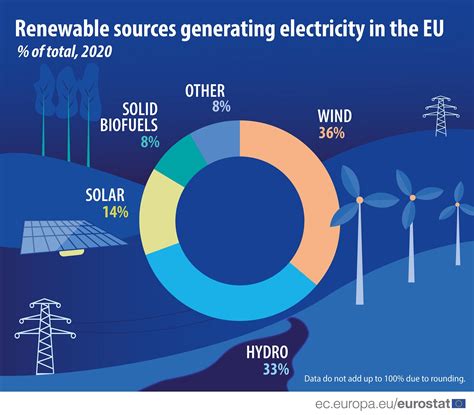
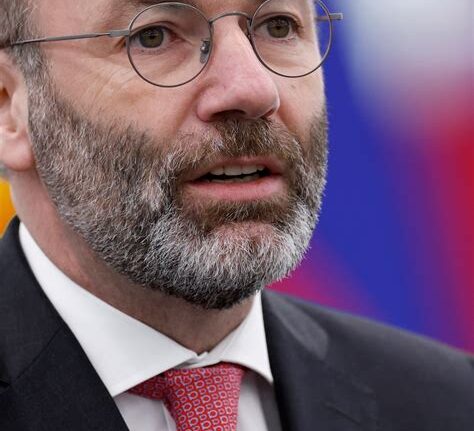

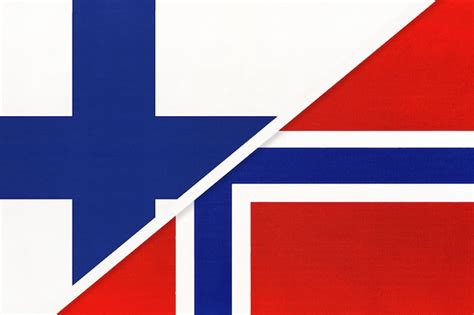
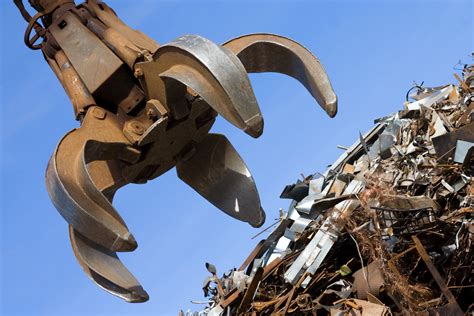

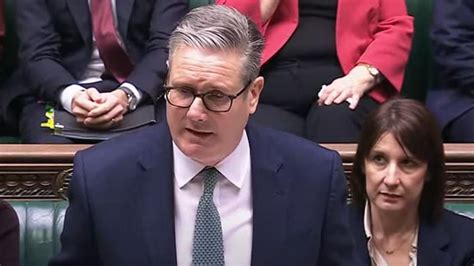
Leave feedback about this